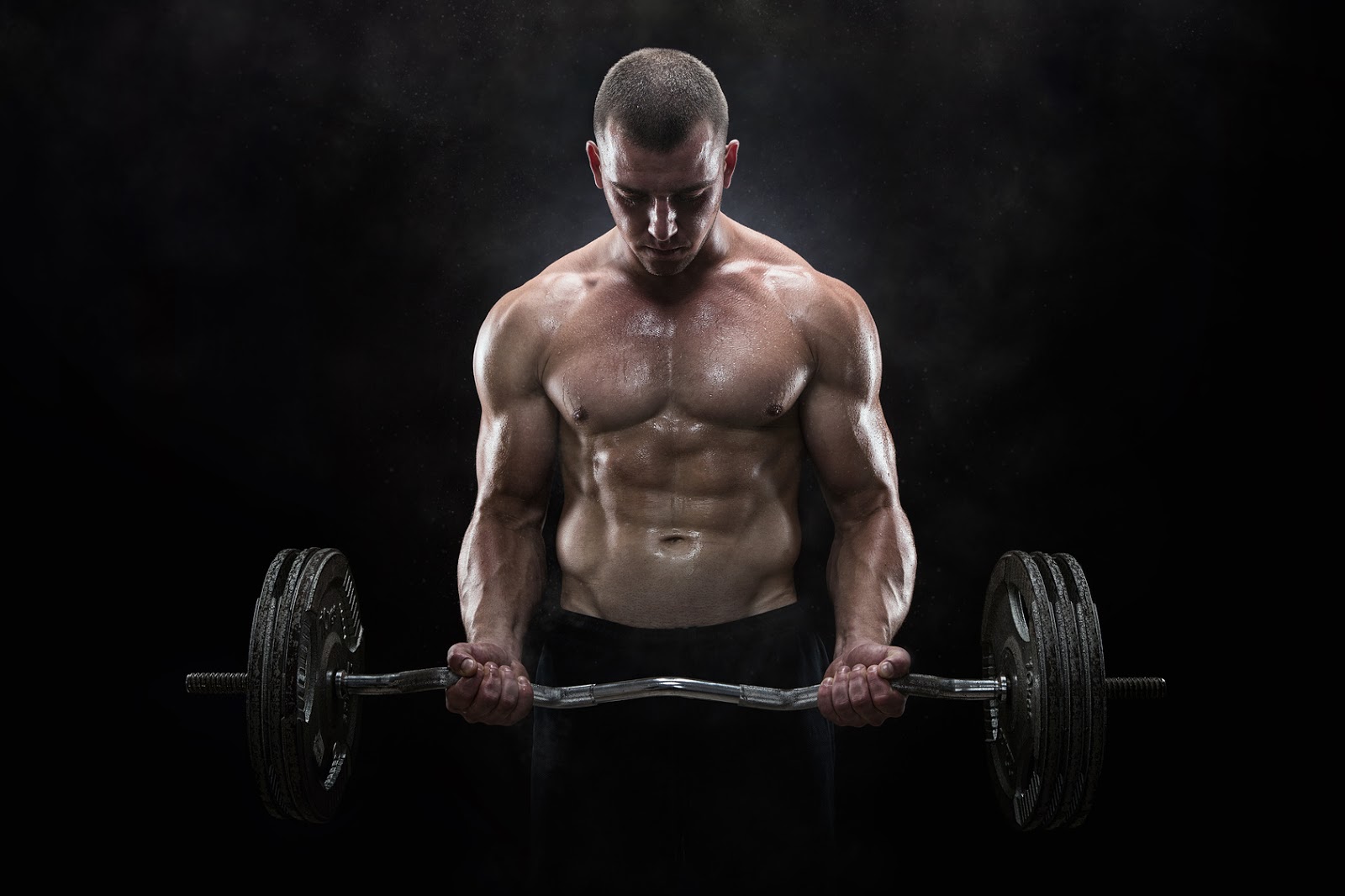Weight lifting for combat sports has become a vital component in the training regimen of athletes across various disciplines, including boxing, mixed martial arts (MMA), and wrestling. As these sports demand not only technical skill but also immense physical strength, endurance, and resilience, integrating strength training into a fighter's routine can significantly enhance their overall performance. Combat sports athletes are increasingly recognizing that weight lifting can provide them with the necessary power to dominate their opponents in the ring or on the mat.
Incorporating weight lifting into a combat sports training program can lead to improved explosive power, which is crucial for striking, grappling, and maintaining control during bouts. Strength training not only helps in building muscle mass but also aids in injury prevention, allowing athletes to withstand the physical toll that comes with rigorous training and competition. Furthermore, with proper guidance and programming, weight lifting for combat sports can be tailored to meet the specific needs of each athlete, making it an indispensable tool for achieving peak performance.
Additionally, weight lifting has been shown to enhance an athlete's mental toughness, fostering a mindset geared towards discipline and perseverance. This mental edge can be just as important as physical conditioning in high-stakes competitions. As combat sports continue to evolve, the integration of weight lifting as a foundational element of training will remain essential for aspiring fighters aiming for success in their respective fields.
What Are the Benefits of Weight Lifting for Combat Sports?
Weight lifting provides a multitude of benefits for combat sports athletes. Here are some key advantages:
- Increased Strength: Weight lifting develops muscle strength, which is crucial for overpowering opponents.
- Improved Endurance: Resistance training can enhance muscular endurance, allowing athletes to maintain performance over extended periods.
- Enhanced Explosiveness: Olympic lifts and plyometric exercises improve explosive power, necessary for striking and grappling.
- Injury Prevention: Strengthening muscles and tendons helps reduce the risk of injuries during training and competitions.
Which Weight Lifting Techniques Are Most Effective?
Various weight lifting techniques can be beneficial for combat sports athletes. Here are some of the most effective methods:
- Squats: Build leg strength and core stability, essential for grappling and striking.
- Deadlifts: Enhance overall strength, focusing on the posterior chain, which is crucial for explosive movements.
- Bench Press: Develop upper body strength for powerful punches and grappling maneuvers.
- Olympic Lifts: Improve explosive power and coordination, key factors in combat sports performance.
How Should Combat Athletes Structure Their Weight Lifting Program?
For combat athletes, structuring a weight lifting program requires careful consideration of their specific needs. Here are some elements to include:
- Periodization: Organize training into cycles to peak strength at the right time for competitions.
- Balance: Include exercises targeting all major muscle groups to prevent muscular imbalances.
- Recovery: Allow for adequate rest between sessions to promote muscle recovery and growth.
- Integration with Skill Training: Ensure that weight lifting complements skill training rather than detracting from it.
What Role Does Nutrition Play in Weight Lifting for Combat Sports?
Nutritional strategies are essential for optimizing weight lifting results. Here are important considerations:
- Protein Intake: Adequate protein is necessary for muscle repair and growth.
- Carbohydrates: Carbs fuel workouts and aid in recovery, ensuring athletes have enough energy.
- Hydration: Staying hydrated is critical for peak performance and recovery.
- Supplementation: Some athletes may benefit from supplements like creatine or branched-chain amino acids (BCAAs).
Can Weight Lifting Affect an Athlete’s Weight Class?
Weight lifting can indeed influence an athlete's weight class, particularly if they are not mindful of their nutrition and training balance. Here are some points to consider:
- Muscle Gain: Increased muscle mass may lead to a higher weight, necessitating a move to a different weight class.
- Weight Management: Athletes must manage their weight through diet and cardio to remain in their desired class.
- Performance vs. Size: Sometimes, focusing on performance rather than sheer size can yield better results in combat sports.
What Are Some Common Misconceptions About Weight Lifting for Combat Sports?
Many misconceptions surround the role of weight lifting in combat sports. Here are a few:
- Weight Lifting Makes You Bulky: Proper programming can lead to increased strength without excessive bulk.
- It’s Not Necessary for Fighters: Strength training is crucial for enhancing performance and preventing injuries.
- Only Powerlifting Is Beneficial: A well-rounded strength training program includes various techniques beyond powerlifting.
Who Are Some Notable Athletes Using Weight Lifting for Combat Sports?
Many successful combat sports athletes integrate weight lifting into their training regimens. One notable figure is Georges St-Pierre, a former UFC champion.
| Attribute | Details |
|---|---|
| Name | Georges St-Pierre |
| Birthdate | May 19, 1981 |
| Nationality | Canadian |
| Weight Class | Welterweight/Middleweight |
| Career Highlights | UFC Champion, Hall of Fame Inductee |
Georges St-Pierre is well-known for his disciplined approach to training, which includes a strong emphasis on weight lifting. He has credited strength training with improving his performance in the octagon, allowing him to execute powerful strikes and maintain a competitive edge in grappling exchanges. St-Pierre’s success serves as an inspiration for many aspiring combat athletes who seek to integrate weight lifting into their training programs.
In conclusion, weight lifting for combat sports is not only beneficial but essential for athletes aiming to excel in their respective disciplines. With a well-structured program that considers strength training, skill development, and nutrition, fighters can achieve peak performance and a competitive advantage in the ring or on the mat. As the landscape of combat sports continues to evolve, embracing the power of weight lifting will remain a cornerstone of athletic excellence.
Unveiling The Excitement: UFC Fight Card Tonight Time
Unforgettable Moments: The Essence Of UFC Fight Of The Night
Unleashing The Action: UFC MMA Tonight - A Night Of Unforgettable Fights


